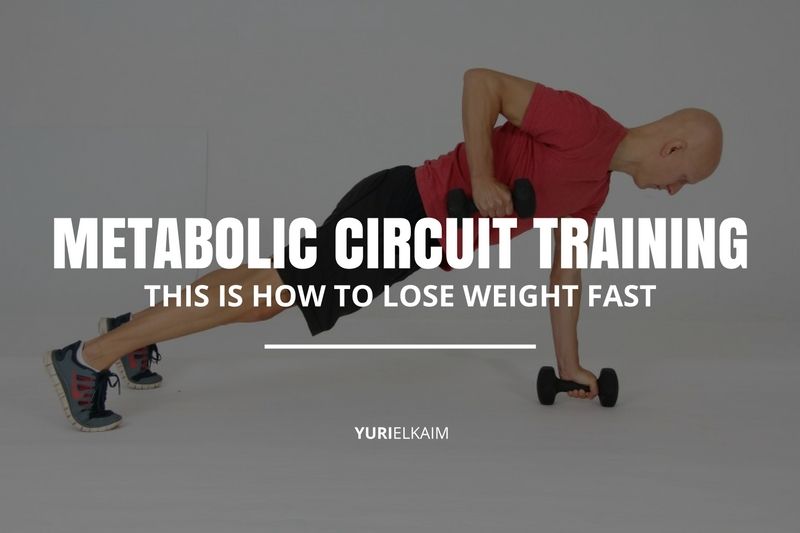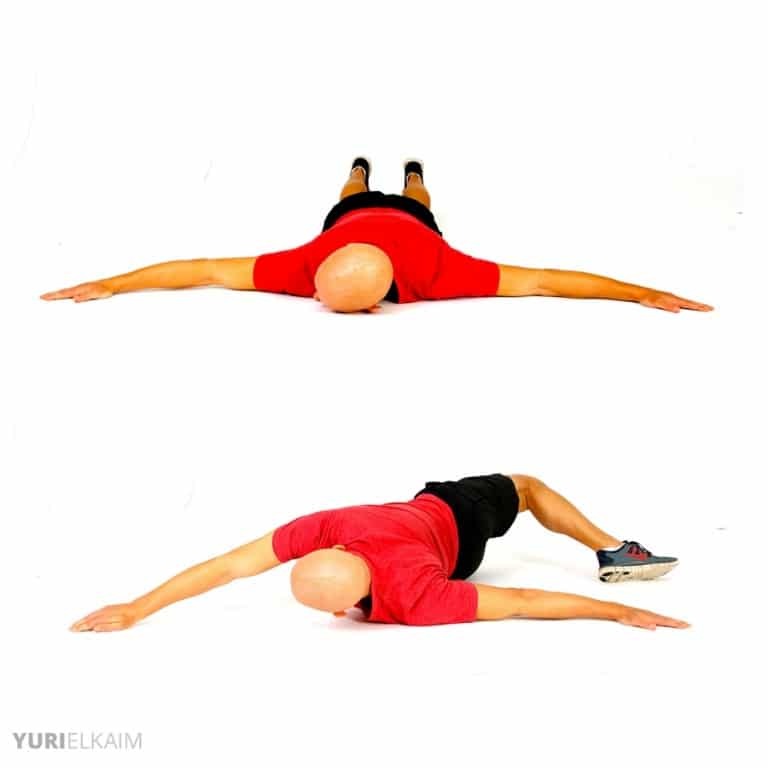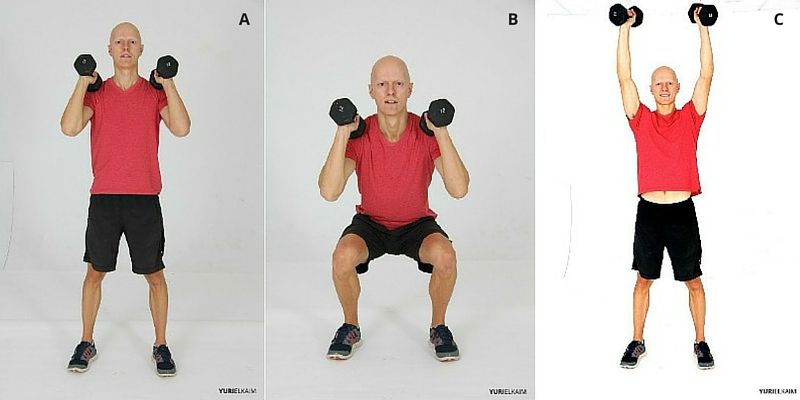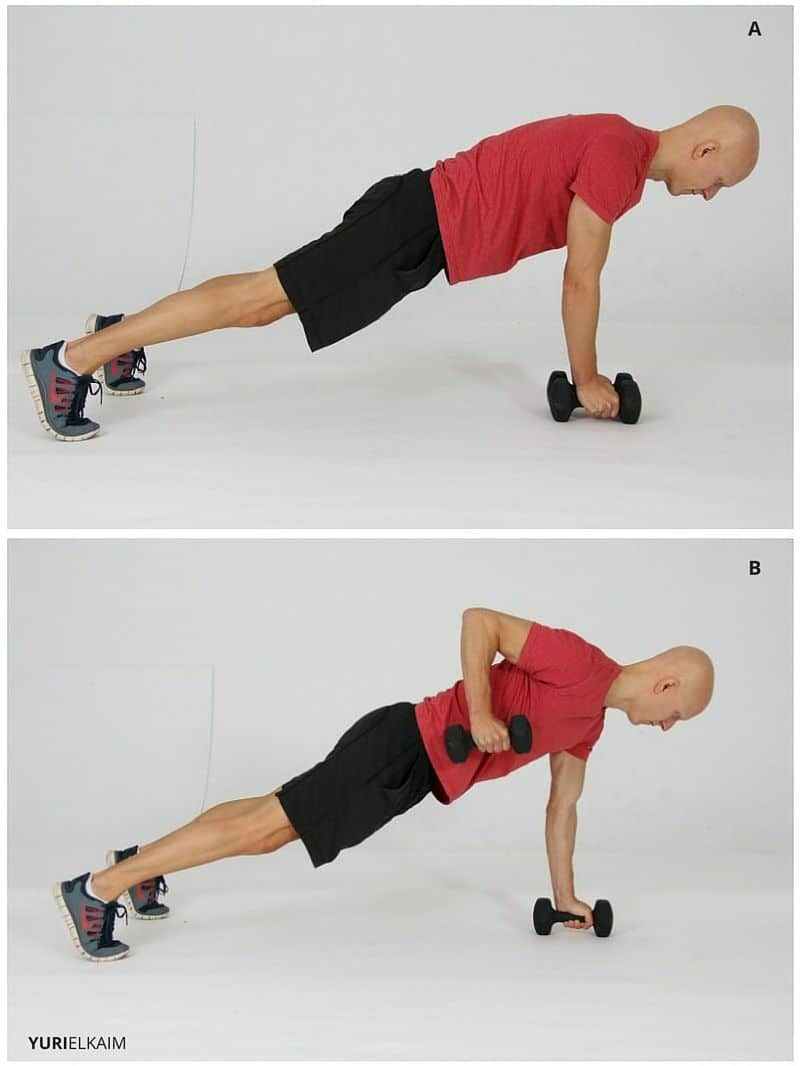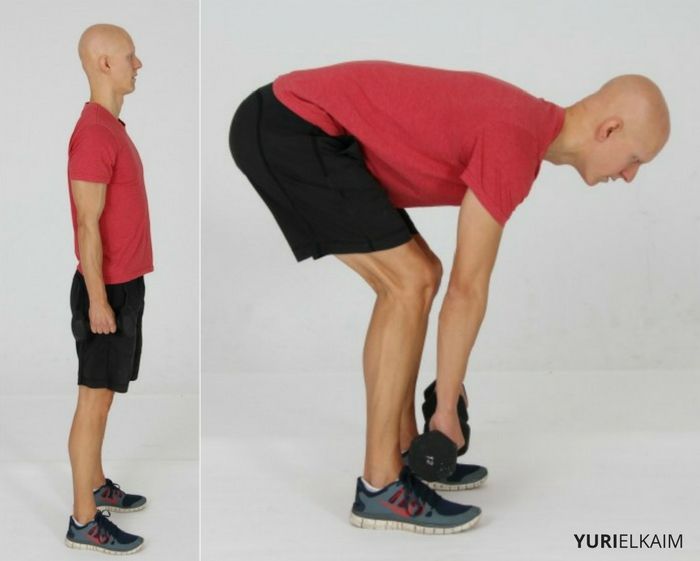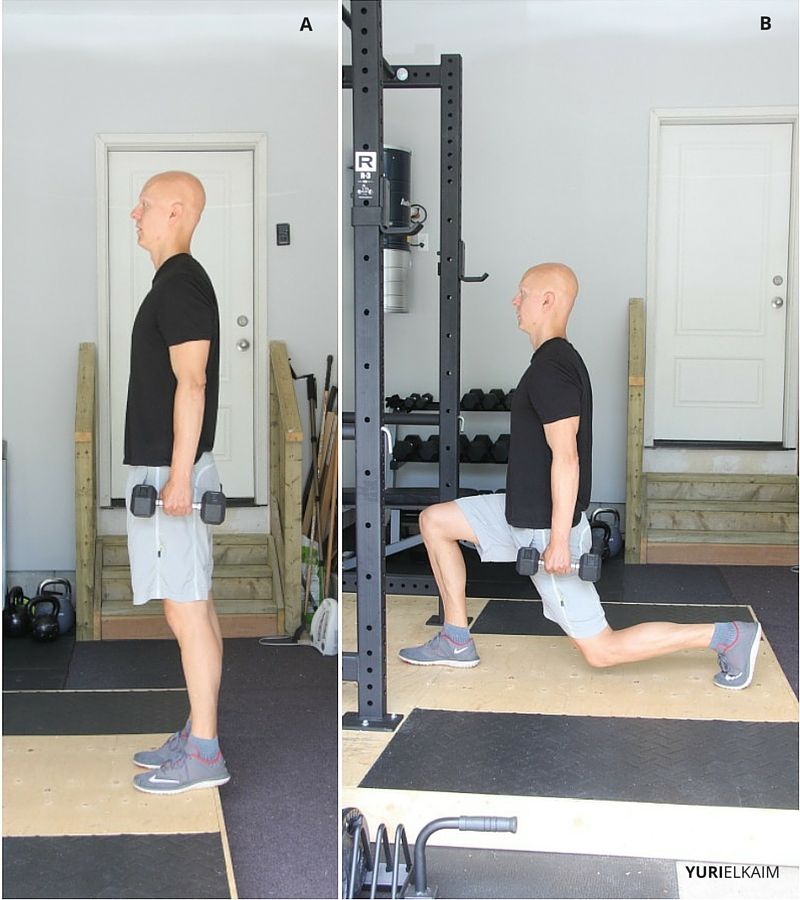In this article
Many of us have had the experience of spending hours at the gym doing cardio, week after week, with few (or no) results to show for it.
And on the flip side, we’ve also dreaded going to the gym, because endlessly walking or jogging on the treadmill is also endlessly boring.
With both of those scenarios we get the same result: little to no fat loss, and no progress toward our goals.
Who wants to put in all that time and effort for nothing?
Enter metabolic circuit training, the answer to fast fat loss and beating boredom.
Metabolic circuit training combines cardio and strength training into one short workout lasting roughly 25 to 35 minutes.
It is the perfect fat loss solution for all exercises (beginners and advanced alike), as the intensity level can be scaled to suit anyone’s fitness level.
How can a workout that takes less than 30 minutes actually increase your fat burn, compared to doing tons of cardio?
You’ll be surprised to learn why this style of training is so effective for fat loss.
Increased Metabolism and “Afterburn”
The main problem with steady-state cardio is that it has little effect on our metabolic rate.
Sure, spending an hour doing steady-state cardio may burn more calories in the short term, but it has very little effect during the rest of the day or week.
Circuit training, on the other hand, involves cardio intervals and weight training, which has a compound effect on our metabolism by increasing what researchers refer to as excess post-exercise oxygen consumption, or EPOC.
EPOC measures the amount of energy we use (or calories we burn) after a workout, rather than during.
For instance, during a workout you’re breathing hard and experiencing an intense burn in your muscles, resulting from depleted oxygen levels and the buildup of lactic acid.
After you’re done training, your body is still hard at work. It’s busy restoring oxygen, clearing out the excess lactic acid, and repairing your muscles – all of which increase post-exercise calorie burn, or EPOC.
Interestingly, EPOC is higher after performing shorter, higher-intensity workouts (under 30 minutes) than after longer, steady-state cardio workouts.
Fast Workouts, Fast Fat Loss
Research validates this effect, with one study showing a 4.2 percent elevation in metabolism following high-intensity resistance workouts that resulted in significantly elevated fat oxidation over a 16-hour period (1).
One of the main reasons this afterburn is occurring is due to the intense nature of metabolic circuit training.
In fact, the intensity of exercises performed has a direct correlation with its effect on afterburn, with the best metabolic results coming from strenuous resistance exercise performed in bursts (2).
How hard do you have to work out to boost the afterburn? Think close to all-out effort, or about 75 percent of your maximum heart rate range.
To put this fitness tip into simple terms: metabolic circuit training helps us to burn more calories over time than traditional cardio, even when we’re at rest.
Simultaneous Cardio and Strength Training
The benefits of circuit training don’t stop there, though.
Since metabolic circuit training involves both cardio and weight training, we receive the amazing benefits of both.
Specifically, because we’re using compound muscle exercises (more on that below), we increase lean muscle mass, which leads to a significant increase in metabolic rate.
A study published in the European Journal of Applied Physiology showed that a 30-minute compound exercise workout involving 31 minutes of resistance exercise, consisting of four circuits of bench press, power cleans, and squats, elevated participants’ metabolisms for an astounding 48 hours following the workout (3).
This means that, just like the elevations in EPOC we see with interval training, we also see an increase in metabolism and afterburn after resistance exercise.
To our delight, metabolic circuit training involves the type of resistance training shown to boost our metabolism in the long run.
Fast Workouts Save Time
One of the best things about circuit training is its ability to save you hours in the gym.
Studies have shown that individuals who perform shorter, more intense bursts of cardio actually burn more body fat than those who perform steady-state cardio.
For instance, a study from the University of New South Wales Medical Sciences found that out of two groups performing cycling exercises, the group who sprinted on a bike for 8 seconds, followed by 12 seconds of light exercise, for a total of 20 minutes, lost 2.5 kg of subcutaneous fat, while the other group, who exercised at a continuous, steady pace for 40 minutes, showed no loss of fat (4).
This proves that, in terms of fat loss, steady-state cardio such as walking is basically a waste of time.
Yes, slow movement is healthy over the course of your day (and is infinitely better than sitting), but it has little affect on mobilizing fat stores.
How to Get Started
Keep in mind that just because circuit training involves less time working out overall doesn’t mean that less work is being done.
In fact, with effectiveness comes an increase in intensity, just as we talked about earlier.
In other words, you will be huffing and puffing.
Below is a sample of a full body metabolic circuit that will help you reach this intensity, while revving your metabolism and kickstarting fat loss:
Don’t Skip the Warmup
Dynamic Stretching: The Scorpion Stretch
Since circuit training is relatively fast-paced, you’ll want to ensure you’re properly warmed up before beginning. Do some light cardio to get your blood flowing and stretch out a bit with dynamic exercises.
Metabolic Circuit Training Workout
In this workout, you’ll alternate compound exercises with periods of moderate cardio, going through a total-body circuit of training.
Try to perform 2 to 3 sets of the circuit below, with minimal (about 10 seconds, about the time it takes to transition from one exercise to the next) rest between sets. Take a 45- to 60-second rest break between circuits.
The workout should last roughly 20 to 25 minutes in total and be performed 2 to 3 times per week for maximum effectiveness.
Beginners should start out with more rest between sets and use lighter weights, while the advanced can up the intensity by using heavier weights, decreasing (or even eliminating) the rest period between sets, and upping the intensity of the cardio portion of the workout.
Also, once you get the hang of this kind of training, you can choose different exercises, keeping in mind that exercises that use full-body movements (as opposed to isolation exercises like biceps curls or triceps extensions) burn more calories and have a greater afterburn effect.
Exercise One: Squat Press with Barbell or Dumbbells (15 to 20 reps)
Cardio: 40 seconds moderate intensity (treadmill jogging, jump rope, stationary bike, etc.)
Exercise Two: Renegade Row (15 to 20 reps)
Cardio: 40 seconds moderate intensity
Exercise Three: Deadlift (6 to 8 reps)
Cardio: 40 seconds moderate intensity
Exercise Four: Walking Lunges (10 to 15 reps each leg)
Cardio: 40 seconds moderate intensity
Exercise Five: Push-ups (10 to 15 reps)
Cardio: 40 seconds moderate intensity
Repeat entire circuit 2 to 3 times.
Regardless if you use this workout or create your own, be sure to have all of your exercises planned and in place before you begin.
This is essential for effective circuit training, as too much preparation allows for too much “downtime” during the workout.
Avoid This For Best Results
The great thing about metabolic circuit training is that it can be done anywhere with minimal equipment.
With that being said, if you’re at a gym it may be tempting to use machines for the weights portion of your circuit.
Machines have many drawbacks, but the most important being they usually only allow for isolation exercises, which target far fewer muscle groups than full-body compound exercises like those listed above.
This will equal less calorie burn during the exercise and less afterburn effect, which may lead to subpar fat loss results.
That’s why I recommend sticking with compound weighted movements using dumbbells, a barbell, and/or medicine balls for your circuit training instead.
Say Bye to Boring Workouts
Metabolic circuit training is one of the best fat loss workouts you can do – try it and see.
Not only will you be shedding fat and unwanted pounds, you’ll be waving a cheery goodbye to monotonous treadmill walks for good.
Slimmer Body, Fast
Want a bonus fat-blasting workout that you can squeeze into your busy schedule?
The Fat Blaster workout will rev up your metabolism and help you get a fitter, slimmer body in just 5 minutes, using interval training techniques.
And you can get it right now for free! Just click the banner below.

